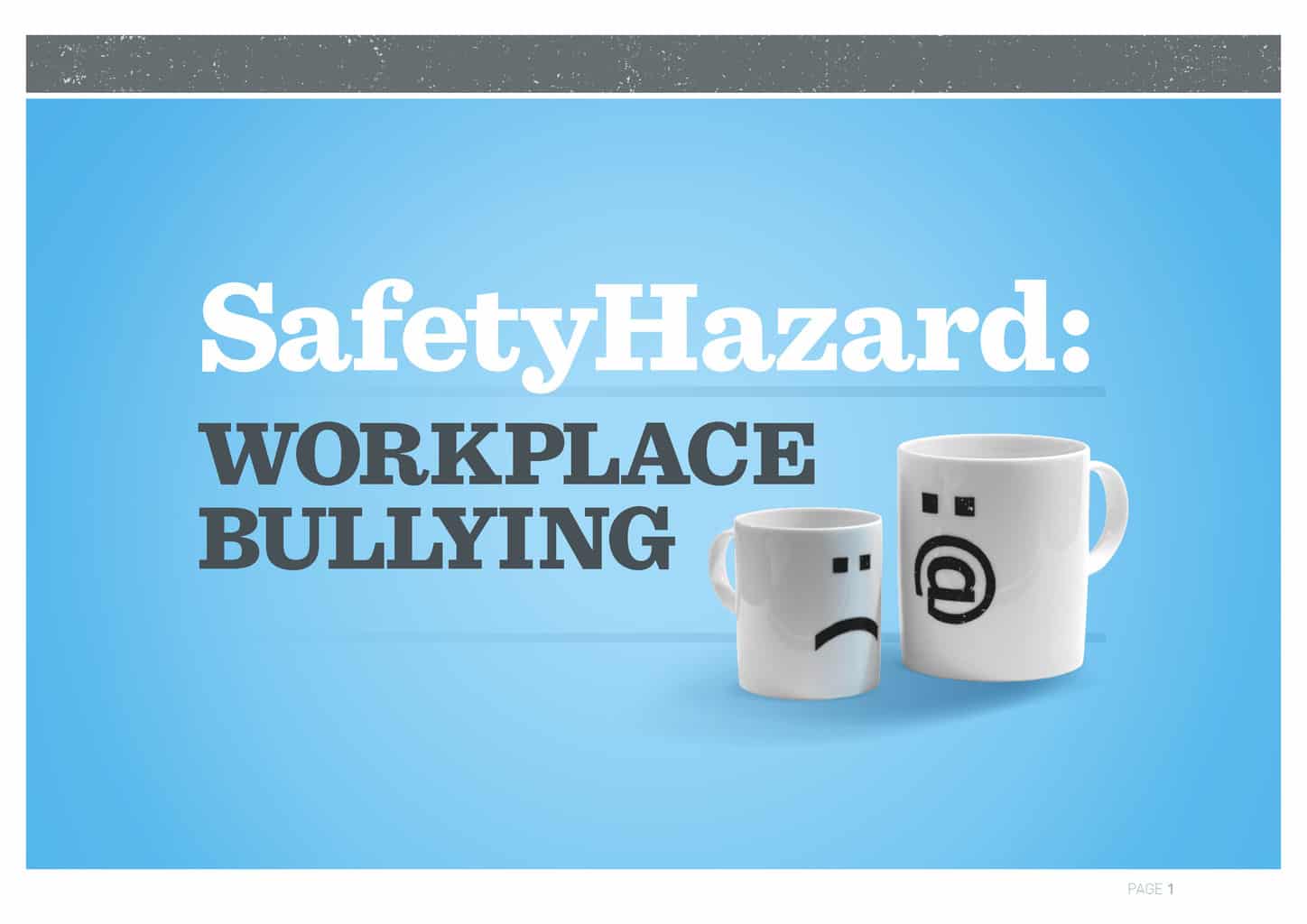There have been many calls in Australia for a national definition of workplace bullying. Apparently the definition below that has applied in OHS legislation for over ten years in Victoria is insufficient:
“Repeated unreasonable behaviour directed toward a worker or group of workers that creates a risk to health and safety.”
 The definition above was the one used in the first draft Code of Practice on Preventing and Responding to Workplace Bullying produced by Safe Work Australia in September 2011.
The definition above was the one used in the first draft Code of Practice on Preventing and Responding to Workplace Bullying produced by Safe Work Australia in September 2011.
The definition was questioned by Moira Rayner, as a representative of the Law Institute of Victoria, at recent public hearings into workplace bullying. Researchers said that a lack of a national definition is a major reason that research in workplace bullying has been so thin.
A quick survey of workplace bullying definitions in Australia is listed below:
“Unreasonable and inappropriate workplace behaviour includes bullying, which comprises behaviour which Continue reading “Why all the arguing over a workplace bullying definition?”


